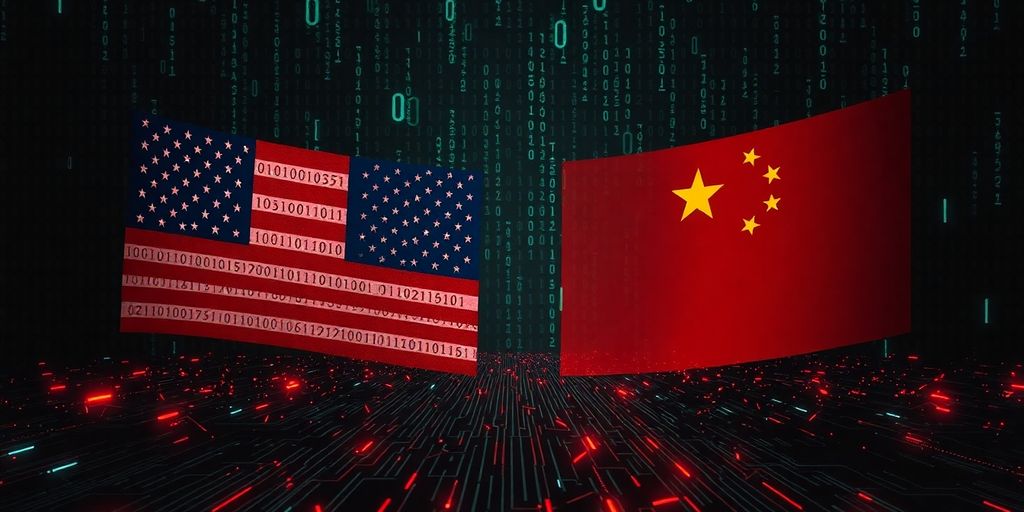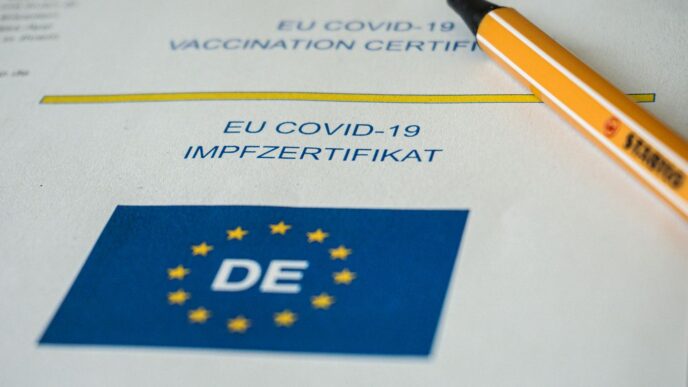As the cyber conflict between the United States and China intensifies, recent developments highlight the increasing risks associated with cyber warfare. With both nations ramping up their cyber capabilities, the need for effective crisis management and dialogue has never been more critical.
Key Takeaways
- Recent charges against Chinese nationals signal a shift in cyber tactics.
- Cyberattacks targeting critical infrastructure are a growing concern.
- Historical agreements have not led to substantial cooperation between the two nations.
- Trust issues hinder the establishment of effective cyber crisis management.
Recent Developments in Cyber Warfare
In April 2024, the U.S. Justice Department announced charges against seven Chinese nationals for conspiracy to commit computer intrusions and wire fraud. This move underscores a strategic shift by Chinese hackers, who are increasingly targeting critical infrastructure in the U.S. The Cybersecurity and Infrastructure Security Agency (CISA) has warned that these hackers possess the capability to launch attacks that could severely disrupt essential services.
The Need for Crisis Management
The potential for a conflict between the U.S. and China to escalate into cyber warfare necessitates the establishment of robust crisis management mechanisms. While military-to-military communications have resumed, cyber issues must be integrated into these discussions to prevent misunderstandings and miscalculations.
Historically, the U.S. and China have engaged in various dialogues regarding cyber issues, including the 2015 summit between President Obama and Xi Jinping, which resulted in agreements on cyber espionage and joint investigations. However, these dialogues have not translated into effective cooperation, leaving both nations vulnerable to cyber threats.
Challenges in Establishing Cooperation
Despite numerous attempts to improve U.S.-China cyber relations, significant challenges remain:
- Lack of Trust: Both nations are wary of each other’s intentions, making it difficult to establish agreements on cyber conduct.
- Absence of Concrete Guidelines: No substantial standards or guidelines have been adopted regarding cyber warfare, leaving both sides uncertain about acceptable behaviors in a conflict.
- Historical Precedents: Past incidents, such as the Stuxnet worm attack and China’s cyber espionage campaigns, have heightened tensions and mistrust.
Potential Pathways Forward
Despite the challenges, there are opportunities for dialogue and cooperation:
- Bilateral Agreements: A RAND study suggests that China may be open to a bilateral agreement to refrain from cyberattacks on critical infrastructure, similar to its agreement with Russia.
- Transparency and Communication: Establishing transparent channels for communication regarding cyber events can help build trust and facilitate crisis management.
- Focus on Emerging Technologies: Recent discussions on artificial intelligence (AI) between the U.S. and China indicate a willingness to collaborate on emerging technologies, which could extend to cybersecurity.
Conclusion
The risks associated with the U.S.-China cyber conflict are at an all-time high, necessitating urgent action to establish effective crisis management mechanisms. By fostering dialogue, building trust, and creating clear guidelines, both nations can work towards mitigating the risks of cyber warfare and ensuring a more stable international cyber environment.
Sources
- Risks are higher than ever for US- China cyber war | Responsible Statecraft, Responsible Statecraft.














